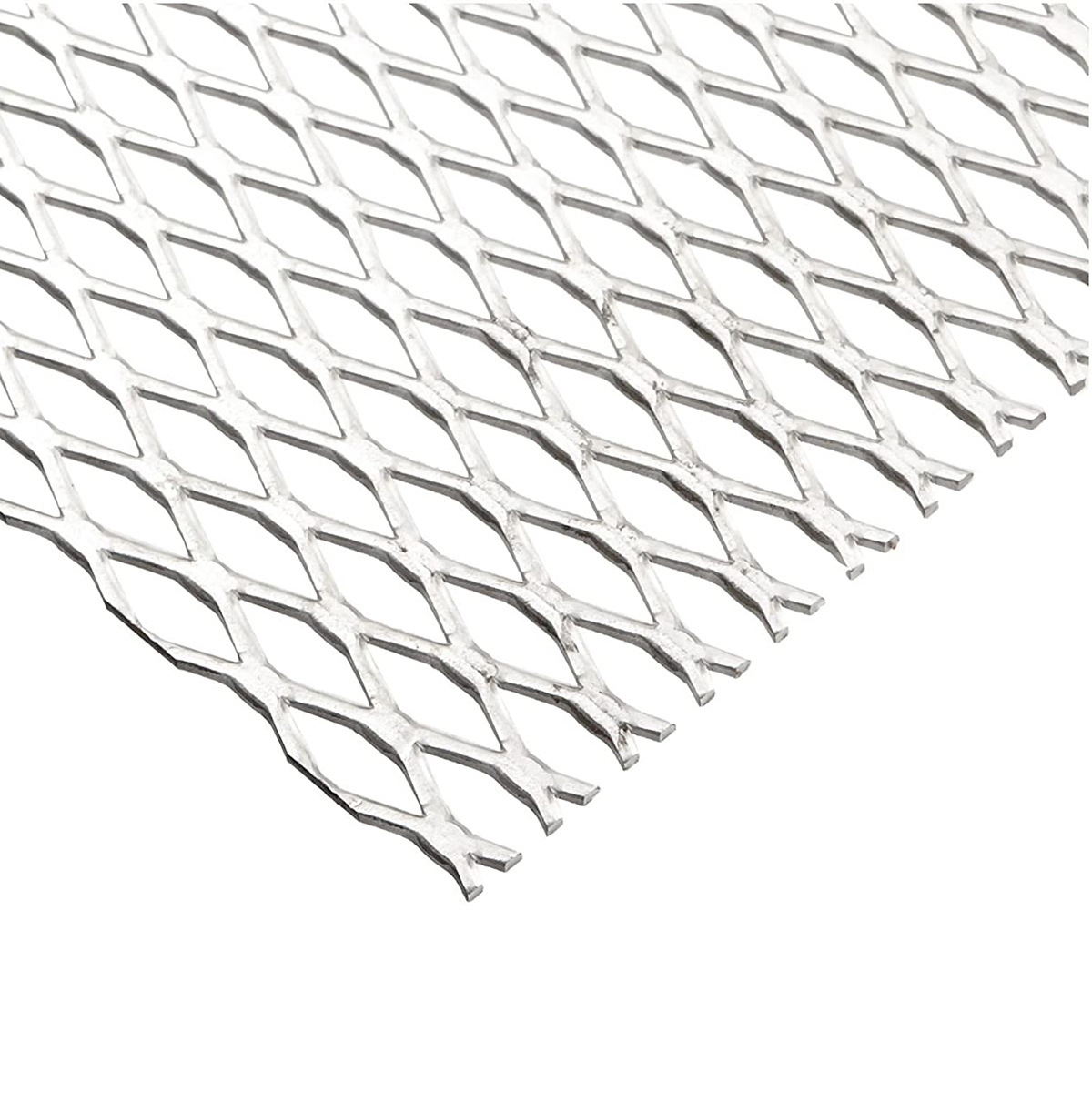hardware for chain link fence
Dec . 21, 2024 05:02
Hardware for Chain Link Fencing Essential Components for Durable and Secure Fences
Chain link fencing is one of the most popular types of fencing due to its versatility, strength, and cost-effectiveness. Whether used for residential backyards, commercial properties, or agricultural boundaries, chain link fences provide effective security and delineation of properties. However, the performance and longevity of these fences are heavily dependent on the quality of the hardware used in their installation. This article explores the essential hardware components for chain link fencing, their functions, and tips for selecting the right materials.
1. Fence Posts
The foundation of any chain link fence system is the fence posts. Typically made from galvanized steel or aluminum, these posts play a crucial role in supporting the entire structure. There are usually three types of posts used terminal posts, line posts, and corner posts. Terminal posts are placed at the ends of the fence, while line posts are used at regular intervals to provide structural support. Corner posts are essential for turns in the fencing line. When selecting posts, consider their height and gauge; heavier gauge posts provide better durability and support.
2. Top Rails and Bottom Rails
Top and bottom rails connect the posts and add stability to the fence. Top rails typically run along the top of the fence, helping to maintain the shape of the chain link fabric, while bottom rails run along the base, protecting the fabric from damage and preventing sagging. Rails can be made of galvanized steel or aluminum, ensuring resistance against rust and corrosion. When installing, ensure that the rails are level and securely attached to the posts for optimal performance.
The chain link fabric is the actual fencing material that provides visibility and security. It is made of interwoven steel wires that are usually coated with galvanized zinc or vinyl to resist weather elements and corrosion. When selecting chain link fabric, consider the gauge of the wire and the size of the diamond mesh. A lower gauge means a thicker wire, providing increased strength and security. Most residential properties use a gauge between 11 and 9, while commercial applications may require gauges 7 or 8 for enhanced durability.
hardware for chain link fence

4. Barbed Wire and Razor Wire (Optional)
For added security, particularly in commercial and high-security areas, barbed wire or razor wire can be added to the top of the chain link fence. Barbed wire consists of sharp points twisted along the wire, while razor wire features sharp blades that deter unauthorized access. Installing these components requires additional brackets and connectors, making it crucial to ensure they are properly affixed to the top rails or posts.
5. Gates and Accessories
Gates are a vital part of any chain link fencing system, providing access points while maintaining security. Depending on the intended use, you can choose from single gates or double gates. Heavy-duty hinges and latches are essential for ensuring that gates operate smoothly and securely. Additionally, consider adding gate stops to prevent the gate from swinging too far, which can cause damage to the fence.
6. Fasteners and Accessories
The proper fasteners are critical for securing the various components of a chain link fence. Use galvanized bolts, nuts, and screws to prevent rust and ensure long-term durability. Tension bands are also essential for attaching the chain link fabric to the posts securely, while wire ties help to weave the fabric through the frame securely.
Conclusion
Investing in high-quality hardware for chain link fencing is essential for creating a secure and durable fence that can withstand the elements and provide peace of mind. By carefully selecting the right posts, rails, fabric, and accessories, you can ensure that your fence remains functional and attractive for many years to come. Whether you are installing a fence for the first time or replacing an old one, understanding these essential components will help you make informed decisions and achieve the best results.




















